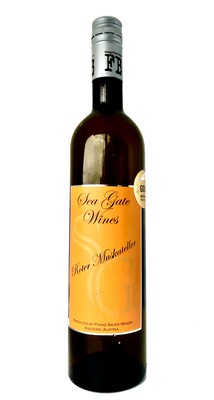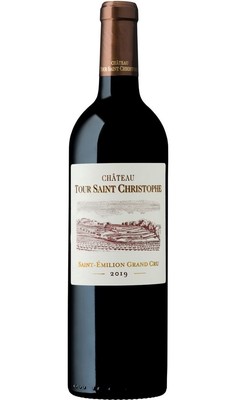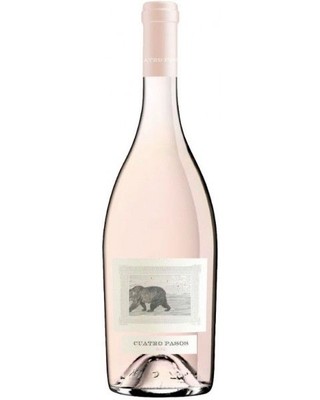Martin Codax Gallaecia Botrytis 2013
The only Botrytis effected Albarino ever produced. A real collectors item. “Gallaecia” was the name the Romans used to call our province in the Northern side of Spain which was inhabi- ted by Celtic tribes. Today this land is known as Galicia. WINEMAKING PROCESS e weather conditions during 2011 were extremely good concerning the process of ripening of the Albariño grape allowing them to improve their quality as they started to dry. Small Southern plots were chosen for this due to their better ventilation. e grapes under these conditions were picked 20-25 days aer the harvest took place. 70% to 80% of the grapes had the required characteristics. ey were only coming from two plots (5 hectares and 2 hectares). e distance between them was a 4 km. e clusters of grapes that were too dry (without any juice) were removed and macerated for 18 hours at 10 degrees Celsius. Once they were pressed, the must started fermenting with their own autochthonous yeast at a temperature of 17 degrees Celsius, during 20 days. Before being totally fermented, they were taken out from that vat and transfe- rred to another where they remained for three months. e grapes yielded only 37%. TASTING NOTES APPEARANCE It has a golden yellow colour with lemon hints, bright. SMELL Intense perfume of raisins, dry fruit, hints of honey and bitter orange marmalade together with a subtle aroma typical of botrytis; although the main charac- teristics of the variety can be sensed. PALATE In the mouth, it is very lively and it has a touch of sweetness that comes from the maceration giving the impression that the wine is not as dry as it is. It has a long, lingering and very pleasant aftertaste making "Gallaecia", beyond doubt, a very special wine. TYPE OF WINE: Young white wine GRAPE VARIETY: 100% Albariño D.O.: Rías Baixas FERMENTATION: Stainless steel vats AGEING: Drink to 2030 GASTRONOMY: Seafood, shellsh, poultry, rice, mild cheese. SERVE AT: 10 - 12o PRODUCTION: 6.844 bottles ALCOHOL CONTENT: 13 %vol TOTAL ACIDITY: 5,9 g/l tartaric ac. VOLATILE ACIDITY: 0.3g/l acetic ac. RESIDUAL SUGAR: 4,5 g/l




